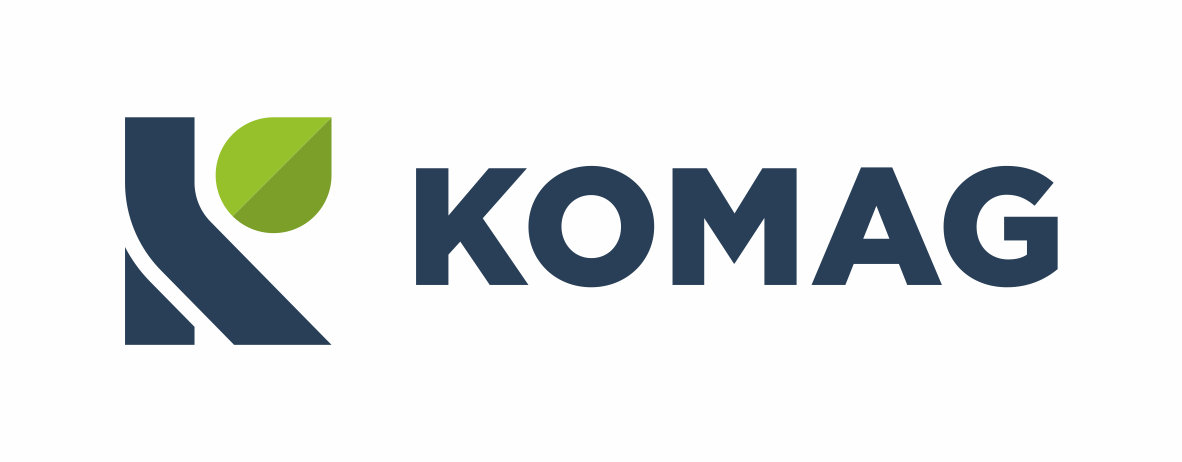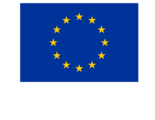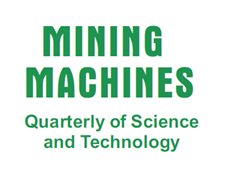Within the scope of vertical transport KOMAG offers as follows:
- concepts, design projects and technical documentations of hoisting machines,
- concepts, design projects and technical documentations of equipment used in mine hoists,
- concepts, design projects and technical documentations of hoisting machinery assemblies, in particular of brake control units,
- approval documentations of hoisting machines and their sub-assemblies as well as of equipment used in mine hoists,
- auxiliary documents for the basic documentatio of mine shaft hoists and lists of changes,
- strength analyses of mine shaft hoists and hoisting machines, using FEM methods,
- laboratory tests of brake control systems,
- supervision over start-up of hoisting machines and their sub-assemblies.
Designing of hoisting machines and their sub-assemblies as well as of shaft equipment is performed with CAD/CAE methods. The designing process in the scope of strength analyses is aided with advanced software based on FEM.
KOMAG has an expert authorization No. 162/2009 for mining plant operation, issued by the State Mining Authority, enabling to perform tests and develop opinions on hoisting machines.
 |  |  |  |
| ZSHP electro-pneumatic controlsystem of hoisting machine brakes | EL-2 electro-hydraulic control system of hoisting machine brakes | 2L-4000/DC-6m/s hoisting machine manufactured by MWM-Elektro,shaft L-III O/ZG Lubin | FEM method analysis |






 Badanie bezpieczeństwa wyrobów
Badanie bezpieczeństwa wyrobów Klaster Maszyn Górniczych
Klaster Maszyn Górniczych